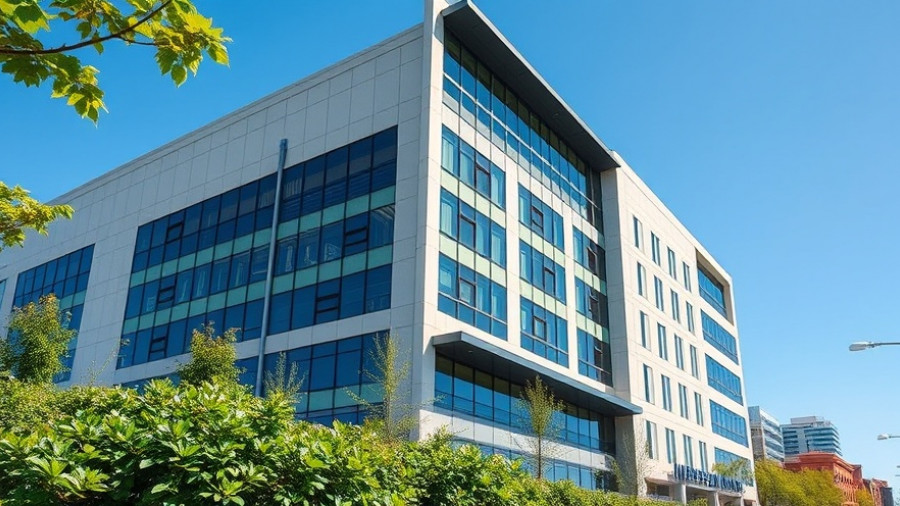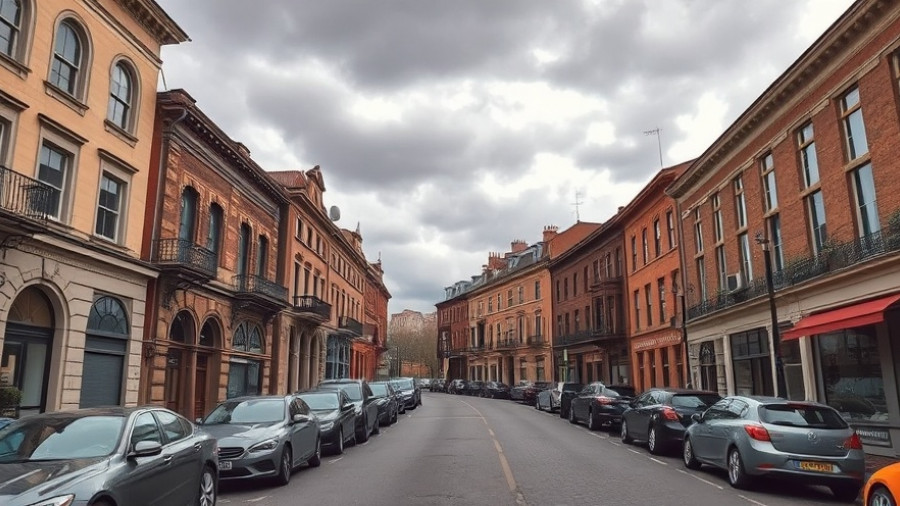
A Glimpse into the Future of Educational Art Spaces
The Princeton University Art Museum is on the brink of a transformation, with its new 146,000 square-foot building set to open on October 31, 2025. Conceived by Adjaye Associates in partnership with Cooper Robertson, this expanded facility will almost double the museum's existing size, offering unparalleled opportunities for display, education, and community engagement.
A Design that Encourages Interaction and Community
This new three-level structure is crafted to foster social interaction and cultural exchange. The building's innovative design includes nine interconnected pavilions, creating a dynamic environment that showcases art in new ways. Importantly, the ground-floor entrances on all sides of the museum make it highly accessible, inviting visitors—from students to tourists—to explore the rich collections housed within.
Maximizing Space for Art and Education
At the heart of the museum’s expansion are the dedicated spaces for gallery displays and educational gatherings. With 80,000 square feet allocated for galleries, most of which are on a single level, the museum aims to present art in an engaging manner that can be easily navigated. Furthermore, an additional 12,000 square feet will be devoted to educational facilities, providing ample room for workshops, lectures, and community programs. This emphasizes the museum's role not just as a place to view art but as a center for learning and discovery.
Incorporating Sustainability and Modern Amenities
Alongside the focus on art and education, the new museum will also feature state-of-the-art conservation studios, highlighting a commitment to preserving art for future generations. Additionally, visitors will enjoy a full-service restaurant and various outdoor spaces, ensuring a holistic experience that combines art, nature, and leisure. These modern amenities position the museum not just as a cultural resource but as a vital community space.
Why This Matters to Businesses and Developers
The expansion of the Princeton University Art Museum reflects broader trends in community development and facility management. As businesses and property developers look for opportunities to invest in community-focused projects, the museum's approach serves as a compelling case study. It illustrates the positive impacts that an inclusive cultural space can have on local economies and neighborhoods.
Building for the Community's Future
As stakeholders in construction, design, and community development, it's crucial to observe how the innovative practices applied at the Princeton University Art Museum can inform future projects. Enhancing public spaces with a focus on accessibility, education, and sustainability is not only beneficial for cultural institutions but also drives demand for local businesses and boosts community pride.
As we anticipate the grand opening of the expanded museum, it is an opportunity for all involved in construction and development to learn from its model. Investing in such transformative spaces can lead to thriving communities enriched by art, education, and human connection. Join the conversation around how thoughtful design can reshape our environments and inspire future initiatives in urban development.
 Add Row
Add Row  Add
Add 




Write A Comment